35 species of wild dogs are currently recognized. They belong to the dog family, Canidae, which also includes all extinct dog species. Members of the family Canidae are known as canids, and may also be referred to as ‘canines’.
The world's wild dogs include animals known as wolves, foxes and jackals.
Well-known wild dog species include the gray wolf, coyote, red fox, Arctic fox, kit fox, African wild dog and golden jackal.
The domestic dog is usually regarded as being a subspecies* of gray wolf. (Some authorities regard the domestic dog as being a separate species.)
* Subspecies are different ‘types’ of the same species. They are usually found in different regions, and may have slight physical or behavioral differences. Different subspecies of the same species are able to breed and produce offspring.
Canidae is one of several animal families that belong to the order Carnivora. Other families in this group include the cat family (felidae), the bear family (Ursidae), and the seal families (Otariidae, Phocidae and Odobenidae). You can find out more about mammal classification on this page: Types of Mammals
Wild dogs are today found on all continents except Antarctica. (Although dogs are not native to Australia, the dingo was introduced to the continent around 3,500 years ago.)
Several wild dog species are endangered, usually due to habitat loss or human incursion into their natural range.
For the list of dog species below we have used data from the Catalogue of Life, ITIS, and the IUCN. Conservation data was obtained from the IUCN Red List.
At the end of the list we have also included notable dog subspecies (including the domestic dog), and species (such as the dingo and red wolf) that are recognized by some, but not all, authorities.
You can click on the names of any of the types of wild dog listed below; you’ll be taken to the relevant information further down the page.
Alternatively, keep scrolling to browse all the different types of wild dog!
The number of living dog species is liable to change in the future. This is because research into dog classification is ongoing. Animals that today are regarded as being subspecies may in the future be regarded as being separate species (and vice versa).
Wild Dog Species List: Index
Wild dogs list with pictures and information on all dog species.
- African Golden Wolf (Canis anthus / Canis lupaster)
- African Wild Dog (African Hunting Dog / African Painted Dog) (Lycaon pictus)
- Arctic Fox (Vulpes lagopus)
- Bat-Eared Fox (Otocyon megalotis)
- Bengal Fox (Vulpes bengalensis)
- Black-Backed Jackal (Lupulella mesomelas)
- Blanford's Fox (Vulpes cana)
- Bush Dog (Speothos venaticus)
- Cape Fox (Vulpes chama)
- Corsac Fox (Vulpes corsac)
- Coyote (Canis latrans)
- Crab-Eating Fox (Cerdocyon thous)
- Culpeo (Lycalopex culpaeus)
- Darwin's Fox (Lycalopex fulvipes)
- Dhole (Cuon alpinus / Canis alpinus)
- Ethiopian Wolf (Canis simensis)
- Fennec Fox (Vulpes zerda)
- Golden Jackal (Canis aureus)
- Grey Fox (Urocyon cinereoargenteus)
- Gray Wolf (Canis lupus)
- Hoary Fox (Lycalopex vetulus)
- Island Fox (Urocyon littoralis)
- Kit Fox (Vulpes macrotis)
- Maned Wolf (Chrysocyon brachyurus)
- Pale Fox (Vulpes pallida)
- Pampas Fox (Lycalopex gymnocercus)
- Raccoon Dog (Nyctereutes procyonoides)
- Red Fox (Vulpes vulpes)
- Rüppell's Fox (Vulpes rueppelli)
- Sechuran Fox (Lycalopex sechurae)
- Short-Eared Dog (Atelocynus microtis)
- Side-Striped Jackal (Lupulella adustus)
- South American Gray Fox (Lycalopex griseus)
- Swift Fox (Vulpes velox)
- Tibetan Sand Fox (Vulpes ferrilata)
Other Canids
- Cozumel Fox (Undescribed Species, possibly extinct)
- Dingo (Canis lupus dingo)
- Domestic Dog (Canis lupus familiaris)
- Red Wolf (Canis rufus)
Alphabetical Wild Dogs Species List With Pictures
African Golden Wolf
- Scientific name: Canis anthus / Canis Lupaster
- Where found: Africa
- Conservation status: Least Concern
The African golden wolf is found in north and northeast Africa. Countries in which the species is present include Egypt, Algeria and Ethiopia.
A relatively small dog species, the African golden wolf weighs between 7 and 15 kg (15 and 33 lb), and stands around 40cm / 16 in. tall; that's around half the weight and two thirds of the height of a typical labrador. It is a desert specialist, able to live in areas with little water.
The coat of the African golden wolf ranges in colour from silver-grey to light sandy-brown. The species was, until recently, thought to be the same species as the Golden Jackal. Scientists now believe that there are sufficient differences between each animal for them to be considered separate species.
African Wild Dog
- Other name(s): African hunting dog, African painted dog
- Scientific name: Lycaon pictus
- Where found: Africa
- Conservation status: Endangered
This distinctively-colored wild dog lives in scattered colonies throughout much of Africa. The species lives in groups which usually consist of an alpha male and female and the pair's offspring. The pack hunts using teamwork, pursuing its prey–usually a medium-sized antelope–until it tires.
The African wild dog is easily identified due to its patterned coat, which gives the species its alternative name of African Painted Dog.
It is a relatively large species, weighing up to 30 kg (66 lb) and with a shoulder height of 75 cm (30 in).
The African wild dog is listed as Endangered on the IUCN Red List (source). It is estimated that fewer than 1,500 adult individuals remain in the wild. The species' population is fragmented over a wide area.
- You can read more about African wild dogs on this page: African Wild Dog facts.
- Find out about endangered animals here: Endangered Animals Facts.
Arctic Fox
- Scientific name: Vulpes lagopus
- Where found: Arctic regions of North America, Europe and Asia
- Conservation status: Least Concern
The Arctic fox belongs to the genus Vulpes–a group whose members are known as 'true foxes'.
This small canid is a survival specialist, having a number of adaptations for life in the cold northern parts of the world. Its thick, insulating coat changes colour with the seasons, being white in the winter and brown during the summer months. It is the only member of the dog family with furry foot pads.
An adult male Arctic fox is around 30 cm (11.8 in) tall at the shoulder, and weighs up to 9.4 kg (20.7 lb); around half the size of a typical labrador.
- You can find out more about the Arctic fox here: Arctic Fox Facts.
Bat-Eared Fox
- Other name(s): Delalande's fox, long-eared fox
- Scientific name: Otocyon megalotis
- Where found: Africa
- Conservation status: Least Concern
Named after its distinctive ears, the bat-eared fox is an African canid typically found in dry grassland habitats. The species uses its large ears to locate termites, which make up as much as 80% of its diet. Small teeth and jaws that can open and close up to five times per second are adaptations for the species' insectivorous (insect-eating) lifestyle.
There are two, geographically separate, bat-eared fox populations; one in Southern Africa, the other in eastern Africa.
Bengal Fox
- Other name(s): Indian fox
- Scientific name: Vulpes bengalensis
- Where found: Asia (Indian Subcontinent)
- Conservation status: Least Concern
The Bengal Fox is a small wild dog found only on the Indian subcontinent. It has a pale coat and the typical bushy tail of true foxes of genus Vulpes. Its tail is at least half the length of its combined head and body length, and has a distinctive black tip. The species weighs between 2.3 and 4.1 kg (5 and 9 pounds).
This Asian wild dog usually inhabits dry grasslands, and avoids dense forests and desert regions. A social animal, the Bengal fox lives in large underground dens.
Although its population is declining due to habitat loss, the Bengal Fox is rated Least Concern by the IUCN.
Black-Backed Jackal
- Scientific name: Lupulella mesomelas (formerly Canis mesomelas)
- Where found: Africa
- Conservation status: Least Concern
The black-backed jackal is an African member of the dog family that gets its name from the thick black fur on its back. Its sides and undersides are a paler, sandy-red colour. It has long ears and a pointed snout.
Until recently, the black-backed jackal was considered a member of genus Canis, along with the gray wolf and several other wolf-like canids.
An mDNA study revealed that the other wolf-like canids split from the black-backed jackal and the closely-related side-striped jackal several million years ago. As a result, the African jackals are now placed in a separate genus, Lupulella. (The golden jackal, found in Eurasia, is not closely related to the African jackals, and remains in genus Canis.)
The black-backed jackal lives in a variety of habitats, but is most commonly found in areas with sparse vegetation, including savannas and deserts.
Like the bat-eared fox, the black-backed jackal is found in two, separate regions of Africa. The Cape black-backed jackal (Lupulella mesomelas mesomelas) is found in southern Africa; while the East African black-backed jackal (Lupulella mesomelas schmidti) is found in East Africa. The two groups are thought to have separated around 1.4 million years ago.
- You can find out more about the black-backed jackal on this page: Black-Backed Jackal Facts
Blanford's Fox
- Other name(s): Afghan fox, royal fox
- Scientific name: Vulpes cana
- Where found: Middle East, Asia
- Conservation status: Least Concern
Blanford's fox is a wild dog species found in desert and mountainous regions of the Middle East and Central Asia. It is named after William Thomas Blanford, an English naturalist known for his study of Indian animals.
This small fox weighs between 0.9 and 1.5 kg (2 and 3.3 lb). An excellent climber, the species uses its long, bushy tail for balance. Its large ears help it to stay cool in the desert heat. The species can be recognized by two distinctive dark stripes on its face.
Bush Dog
- Scientific name: Speothos venaticus
- Where found: South America
- Conservation status: Near Threatened
The bush dog is a rare South American Canid. It usually lives near water in rainforests and savannas, and has partially-webbed toes for swimming. The species has a long, squat body with short legs and a short tail, giving it a badger-like appearance.
Due to habitat loss, population fragmentation and lack of prey species, the bush dog has the conservation status of 'Near Threatened'.
Cape Fox
- Other name(s): asse, cama fox, silver-backed fox
- Scientific name: Vulpes chama
- Where found: Southern Africa
- Conservation status: Least Concern
The Cape fox is the only species of genus Vulpes found in Africa. (Animals of genus Vulpes are known as 'true' foxes.)
This small African canid has a grey-brown coat, pale yellow undersides and a long, bushy, black-tipped tail. It weighs between 3.6 and 5 kg (8 and 11 lb) and stands up to 33 cm (13 in) at the shoulder.
The Cape fox lives in grasslands and semi-desert scrub. It is found in Angola, Botswana, Namibia and South Africa. It is common throughout its range and rated Least Concern by the IUCN.
Corsac Fox
- Other name(s): corsac, steppe fox
- Scientific name: Vulpes corsac
- Where found: Central Asia
- Conservation status: Least Concern
The corsac fox lives in the steppes (treeless grasslands) of Central Asia, and is also known as the steppe fox. It is a mid-sized fox, weighing between 1.6 and 3.2 kg (3.5 and 7.1 lb). The species' long fur thickens and becomes paler during the winter.
Despite being heavily hunted for its fur, the corsac fox remains widespread and common throughout its range.
Coyote
- Other name(s): Prairie Wolf
- Scientific name: Canis latrans
- Where found: North America
- Conservation status: Least Concern
The coyote is a common canid species found throughout North and Central America. This adaptable member of the dog family is able to live in a wide range of habitats, from prairies to forests. Unlike its close relative the grey wolf, it will also live near to human settlements. Occasionally a coyote and wolf will mate, creating hybrids known as 'coywolves'.
- You can find out more about the coyote on this page: Coyote Facts
Crab-Eating Fox
- Other name(s): forest fox, wood fox, bushdog, maikong
- Scientific name: Cerdocyon thous
- Where found: South America
- Conservation status: Least Concern
The crab-eating fox is a relatively common South American canid. It is found in a variety of habitats, including marshland, savanna and forests. The species has short, dark grey fur and relatively short legs. It raises its tail when excited. Weighing between 4.5 and 7.7 kg (10 and 17 lb), the crab-eating fox is significantly smaller than a medium-sized domestic dog.
This South American wild dog spends the day in an underground den, emerging at dusk to hunt. Individuals living by floodplains are known to search for crabs in the mud; a habit after which the species is named. The crab-eating fox will also eat a wide variety of other animals, as well as plant material.
The species is known to have been kept as a pet by indigenous people.
Culpeo
- Other name(s): zorro culpeo, Andean zorro, Andean fox
- Scientific name: Lycalopex culpaeus
- Where found: South America
- Conservation status: Least Concern
The culpeo is the second-largest member of the dog family found in South America (after the maned wolf). The species belongs to the genus Lycalopex, a group of animals known as the 'South American foxes', or 'zorros' in Spanish.
Slightly smaller than a coyote, the Culpeo has grey-red or yellow fur and a bushy tail. It inhabits a variety of habitats, and is present from southern Columbia to southern Chile. The species is most common on the western slopes of the Andes.
Darwin's Fox
- Other name(s): Darwin's zorro
- Scientific name: Lycalopex fulvipes
- Where found: South America (Chile)
- Conservation status: Endangered
Darwin’s Fox was discovered by English naturalist Charles Darwin. This rare canid is found in just three places in Chile: Nahuelbuta National Park, the Valdivian Coastal Range, and on the Island of Chiloé. It lives in forests, and is rarely seen.
With a maximum weight of just under 4 kg (8.8 lb)–one tenth of the weight of a large German shepherd–Darwin’s Fox is one of the smallest members of the dog family.
The main threat to the endangered Darwin’s Fox comes from domestic dogs, which attack the wild species and also spread disease.
Dhole
- Other names: Asian wild dog
- Scientific name: Cuon alpinus
- Where found: Asia
- Conservation status: Endangered
The Dhole is found in Central, South and Southeast Asia. It lives in a variety of habitats, including rainforests and grasslands.
This large member of the dog family can weigh up to 40 kg (88 lb); around twice the weight of a Coyote. Dholes resemble members of the genus Canis (Domestic Dogs, Grey Wolves), but have fox-like reddish fur and bushy tails.
The Dhole is a social animal, living in packs of around twelve, but sometimes forming larger groups of thirty to forty animals.
The Dhole shares parts of its range with large felids such as tigers and leopards. Either of these big cats will always win a one-on-one encounter. However, the dhole’s strength is teamwork and a pack of dholes may see off and even kill an individual tiger or leopard!
Dholes are Endangered, mainly to habitat loss.
- You can find out more about this wild dog species on this page: Dhole Facts
Ethiopian Wolf
- Other names: Abyssinian Wolf, Simien Fox, Simien Jackal
- Scientific name: Canis simensis
- Where found: Africa
- Conservation status: Endangered
The Ethiopian Wolf is endemic to Ethiopia, where it lives in the mountainous Ethiopian Highland region. Its diet consists mainly of rodents, which it hunts during the day.
The Ethiopian Wolf is a medium-sized Canid, with an average weight of 16 kg (35 lb). It has a red-brown coat and white chest.
With fewer than 200 mature individuals left in the wild, the Ethiopian Wolf is the world’s most threatened Canid, and Africa's most endangered carnivore. The species' main threat is habitat loss caused by the region's expanding human population.
Fennec Fox
- Scientific name: Vulpes zerda
- Where found: Africa
- Conservation status: Least Concern
Weighing between 1 and 1.9 kg (2.2 and 4.2 lb), the fennec fox is the smallest member of the dog family.
This African wild dog is found in hot, arid parts of North Africa, including the Sahara Desert. It has a number of adaptations for life in this inhospitable habitat, including a pale, orange-white coat that reflects heat, and thick fur on the bottom of its paws that allows it to walk over hot sand.
The fennec fox’s distinctively large ears serve a dual purpose: they help keep the fox cool by dissipating heat and also allow the fox to hear prey animals moving around underground.
- You can find out more about the fennec fox here: Fennec Fox Facts
Golden Jackal
- Scientific name: Canis aureus
- Where found: Europe, Asia
- Conservation status: Least Concern
The Golden Jackal looks like a small wolf, and is more closely related to the grey wolf than it is to the two African jackal species (the black-backed jackal and the side-striped jackal).
The Golden Jackal’s range stretches from Eastern Europe, across the Middle East and Asia to Vietnam. The species was once thought to inhabit Africa, but those animals are now considered to be a separate species: the African golden wolf.
The adaptable Golden Jackal can live in a wide range of habitats, including forests and grasslands. It will either hunt or scavenge for food. Its population is increasing and its conservation status is currently Least Concern.
Gray Fox
- Scientific name: Urocyon cinereoargenteus
- Where found: North America, (northern) South America
- Conservation status: Least Concern
The Gray Fox is an American canid whose range covers southern Canada to northern South America. It is found throughout the USA, where it is the most common fox species in the Pacific states. Its coat is a mixture of greys, black and pale oranges, and the species can be identified by the gray/silver fur on its back. A dark line runs down the center of the back of its tail.
This widespread dog species is found in a wide variety of habitats, including forests, scrubland and rocky environments.
The Gray Fox is one of the few canids able to climb trees, and is the only American canid able to do so.
- You can find out more about the gray fox on this page: Gray Fox Facts
Gray Wolf
- Scientific name: Canis lupus
- Where found: North America, Europe, Asia
- Conservation status: Least Concern
The gray wolf is the largest wild dog species, and perhaps the best-known. Once the most widely-distributed of all land mammals (that title now belongs to the red fox), the gray wolf is found across much of North America, Europe, and Asia. It typically inhabits wilderness areas well away from human settlements. The wolf's range has decreased due to the spread of humans.
The gray wolf’s size and appearance varies throughout its range. A large wolf can weigh up to 54 kg (120 lbs), and stand up to 85 cm / 33.5 in. at the shoulders; individuals far larger than this have been known. European wolves tend to be larger than those found in North America.
Wolves are territorial and usually live in family groups known as packs. They hunt either singly, in pairs, or in a pack. Even lone wolves are able to capture large prey. Wolves have a varied diet, which includes large animals such as moose and muskoxen, and smaller mammals and birds.
Much myth and legend surrounds the gray wolf. Its howl is one of nature’s most evocative sounds.
Up to 38 subspecies of wolf have been identified. These include the Eurasian wolf, eastern wolf and Arctic wolf. The red wolf, dingo and domestic dog are usually considered to be subspecies of gray wolf, but are regarded by some authorities as being separate species.
- You can find out more about (Eurasian) wolves on this page: Eurasian Wolf Facts
Hoary Fox
- Other name(s): Hoary zorro
- Scientific name: Lycalopex vetulus
- Where found: Brazil
- Conservation status: Near Threatened
The Hoary Fox is a small fox endemic to (only found in) Brazil. The species mainly inhabits the savannas of the Cerrado, a large ecoregion in central Brazil.
The diet of this nocturnal South American canid consists mainly of insects. It will also prey on small vertebrates such as rodents and birds.
Island Fox
- Scientific name: Urocyon littoralis
- Where found: California Channel Islands, USA
- Conservation status: Near Threatened
The island fox is a small fox found on six of the eight Channel Islands located off the coast of California. It is descended from the gray fox, which inhabits the mainland.
The island fox's small size is an example of insular dwarfism. This is the biological phenomenon in which species confined to a small area (such as an island) adapt to their surroundings by becoming significantly smaller than their mainland ancestors.
Following severe population declines in the 1990’s, the Island Fox became Critically Endangered. Several conservation programmes were put into place, and the species' population is now increasing.
Kit Fox
- Scientific name: Vulpes macrotis
- Where found: North America
- Conservation status: Least Concern
The kit fox is a small canid found in arid and desert habitats in the USA and Mexico. Like the fennec fox, the kit fox has large ears; an adaptation for living in that desert that provides both a means of reducing the animal's body heat, and acute hearing.
- You can find out more about the kit fox on this page: Kit Fox Facts
Maned Wolf
- Scientific name: Chrysocyon brachyurus
- Where found: South America
- Conservation status: Near Threatened
The maned wolf is the largest member of the dog family found in South America, and the tallest of all canids. It is found in grasslands and open woodlands in Argentina, Bolivia, Brazil, Paraguay and Peru.
The species is distinctive, having long legs, a shaggy mane and a red-brown coat. With an average weight of 23 kg (51 lb), and shoulder height of 90 cm (35 in), the maned wolf is taller, but significantly lighter, than the gray wolf.
Pale Fox
- Scientific name: Vulpes pallida
- Where found: Africa
- Conservation status: Least Concern
The pale fox inhabits dry sandy and rocky areas south of Africa's Sahara Desert. This small wild dog has a pale, sandy coat. Like other desert-living canids, it has large ears.
The species leads a nocturnal lifestyle. It digs burrows in which it rests during the day. It hunts at night, preying on a variety of small vertebrates and insects.
Pampas Fox
- Scientific name: Lycalopex gymnocercus
- Where found: South America
- Conservation status: Least Concern
As its name suggests, the Pampas fox is found in the South American Pampas. These vast lowland grasslands are located in Argentina, Brazil and Uruguay.
The Pampas fox, being a member of the South American genus Lycalopex, is a ‘zorro’, or ‘false fox’, rather than a 'true fox' of genus Vulpes. However (like all zorros) it is typically fox-like in appearance, having a pointed snout, erect ears and a bushy tail. Its pale, sandy-colored coat reflects the dry grasslands and sandy terrain in which it is commonly found.
Today, some authorities consider the Pampas fox and the South American gray fox to be the same species.
Raccoon Dog
- Scientific name: Nyctereutes procyonoides
- Where found: Europe, Asia
- Conservation status: Least Concern
The raccoon dog, as its name suggests, resembles a raccoon, with its wide furry face and short, squat body. It is a relatively undeveloped member of the dog family. Like the grey fox, it is one of the few canids that climbs trees.
Originally found in East Asia, the raccoon dog was introduced to western Russia in the early 20th century in order that its fur may be harvested. The species has now spread into much of Eastern Europe, and is now present as far west as Spain. In some areas it is considered an invasive species.
Red Fox
- Scientific name: Vulpes vulpes
- Where found: North America, Europe, Asia, (North) Africa, Australia, New Zealand
- Conservation status: Least Concern
The red fox is the world's most widely-distributed land mammal. It is found across a wider area than even the brown rat or the house mouse. Its range covers North America, Europe, much of Asia and North Africa. The species was also introduced in Australia, where it is now considered an invasive species.
The red fox is recognisable by its red coat, white chest and underparts, and bushy tail. It is the largest member of the 'true fox' genus Vulpes.
An adaptable animal, much of the red fox's success is due to its ability to live alongside humans in both suburban and rural areas.
Rüppell's Fox
- Scientific name: Vulpes rueppelli
- Where found: North Africa, Middle East
- Conservation status: Least Concern
Rüppell's fox is a small desert fox found in North Africa and the Middle East. Named after the German naturalist Eduard Rüppell, the species has a pale sandy-coloured coast and large ears. It is somewhat similar in appearance to the smaller Fennec Fox, another African desert species.
Sechuran Fox
- Scientific name: Lycalopex sechurae
- Where found: South America (Peru & Ecuador)
- Conservation status: Near Threatened
The Sechuran Fox is the smallest member of the zorro, or ‘false fox’ genus, Lycalopex. This pale, yellow-grey fox is found in forests, grasslands and deserts in Ecuador and Peru. It is threatened by habitat loss, and is listed as Near Threatened by the IUCN.
This nocturnal species feeds mainly on insects and plants, and may be able to survive on a mainly herbivorous diet.
Short-Eared Dog
- Scientific name: Atelocynus microtis
- Where found: South America
- Conservation status: Near Threatened
The Short-Eared Dog lives in the Amazon Rainforest in Colombia, Ecuador, Peru, Bolivia and Brazil. Despite having a wide range this secretive canid is seldom seen. Like many animals found in the Amazon Rainforest, the short-eared dog is at risk from habitat loss. Its conservation status is Near Threatened.
The Short-Eared Dog has a short, dark coat and small, rounded ears. It has slightly-webbed paws, and may have a partially aquatic lifestyle.
Side-Striped Jackal
- Scientific name: Lupulella adustus (formerly Canis adustus)
- Where found: Africa
- Conservation status: Least Concern
Named after the stripe that runs along either side of its body, the side-striped jackal is a mid-sized canid found across much of sub-Saharan Africa (the region south of the Sahara Desert).
Like the closely-related black-backed jackal, the side-striped jackal belongs to genus Lupulella. Neither of the two African jackals are closely-related to the golden jackal, which is found in Europe and Asia.
The side-striped jackal is less carnivorous than the other two jackals. Fruit can make up up to 30% of its diet at certain times of the year.
South American Gray Fox
- Other name(s): Patagonian fox, chilla, gray zorro
- Scientific name: Lycalopex griseus
- Where found: South America
- Conservation status: Least Concern
The South American gray fox is the most common member of the genus Lycalopex (the 'zorro' or ‘false fox’ genus). The species is found in Chile and Argentina, where it typically inhabits grasslands.
This small fox is still hunted for its pale, rufous-tinged coat. Despite this, the species has the conservation status of Least Concern and its population is stable.
Today, several authorities consider the South American gray fox and the Pampas fox to be the same species.
Swift Fox
- Scientific name: Vulpes velox
- Where found: USA
- Conservation status: Least Concern
The swift fox lives in the prairie grasslands of the Great Plains region of the United States and parts of southern Canada.
About the size of a Domestic Cat, the swift fox is pale yellow and white in colour. Its ears are large and pointed. It is closely related to the kit fox, another North American canid.
During the early 20th century, as a result of heavy persecution, the swift fox was extirpated in much of its former range. Successful conservation and re-introduction programs have seen the species' population bounce back.
Although the species is no longer considered to be threatened, today it is only present in 44% of its original range in the USA, and 3% of its original range in Canada.
- You can find out more about the swift fox on this page: Swift Fox Facts
Tibetan Sand Fox
- Scientific name: Vulpes ferrilata
- Where found: Asia
- Conservation status: Least Concern
The Tibetan sand fox lives on treeless grasslands on the Tibetan Plateau and surrounding areas. It is a member of the Vulpes, or ‘true fox’, genus, and has a typically fox-like appearance, with reddish-grey fur and a bushy tail. The species' preferred prey is the plateau pika, a small mammal that, like the fox, lives in montane and alpine regions.
Other Wild Dog Species / Subspecies
Cozumel Fox
(No image available)
- Scientific name: Undescribed Species
- Where found: Mexico
- Conservation status: Unassessed
The Cozumel fox is a small canid related to the gray fox and island fox. The species is found only on Cozumel, a Mexican island. Little is known about the species, which, having not been seen since 2001, may now be extinct.
Dingo
- Scientific name: Canis familiaris / Canis familiaris dingo / Canis lupus dingo
- Where found: Australia
- Conservation status: Domestic / Unassessed
The Dingo is an Australian wild dog found in grasslands and deserts across much of Australia. This distinctive, sandy-gold-colored canid is the largest predator in Australia. It hunts a wide range of small animals, including rabbits, kangaroos, rats and birds.
There is some debate over whether the dingo should be classified either as: a domestic dog, a domestic dog subspecies, or a grey wolf subspecies. Its ancestors were domestic dogs brought to the continent around 4,000 years ago. Inbreeding with feral domestic dogs has caused the number of ‘pure’ dingoes to decline.
- You can find out more about dingoes on this page: Dingo Facts.
Domestic Dog
- Scientific name: Canis familiaris / Canis lupus familiaris
- Where found: All continents except Antarctica
- Conservation status: Domestic
The domestic dog is either regarded as being a subspecies of grey wolf (Canis lupus familiaris), or as a separate species (Canis familiaris). Its ancestors were gray wolves that were domesticated at least 10,000 years ago, and perhaps as long as 40,000 years ago.
There are between 700 million and 987 million domestic dogs alive today. Many are either kept as pets or are feral, but some are still bred to work. Roles that dogs perform include: animal herding, security, hunting, and assisting the disabled.
In countries such as Korea, China and Vietnam, dog meat forms part of the traditional diet.
Domestic dogs can interbreed with grey wolves, but pure grey wolves are generally bigger, with bigger paws, larger brains in relation to their size, erect ears and tails that point downwards.
- You can find out more about the domestic dog on this page: Dog Facts
Red Wolf
- Scientific name: Canis lupus rufus / Canis rufus
- Where found: USA
- Conservation status: Critically Endangered
The red wolf is a large canid found in the southeastern United States. It is somewhere between a coyote and a gray wolf in both size and appearance. The red-grey color of its coat gives the species its name.
With a conservation status of Critically Endangered, the red wolf is one of the most threatened wild dogs.
In the 1980’s the red wolf was declared extinct in the wild. Due to a captive breeding program that began in the 1970’s, the species was able to be re-introduced in North Carolina. Despite this, only between 20 and 30 adult red wolves exist in the wild.
There is some debate over the red wolf’s taxonomic status, with many authorities not recognizing it as a separate species. Some consider the red wolf to be a coyote / gray wolf hybrid; others believe it to be a grey wolf subspecies.
- You can find out more about the red wolf on this page: Red Wolf Facts
Wild Dog Species List: Conclusion
We hope that you have enjoyed finding out about all of the different types of wild dogs. You can find out more about the animal kingdom on the pages below:
- Explore the cat family: Wild Cats List with Pictures and Facts: Discover EVERY member of the cat family
- Find out more about Carnivora and the different types of mammals: Types of Mammal
- Discover amazing animals from all around the world: A to Z Animals List with Pictures and Facts


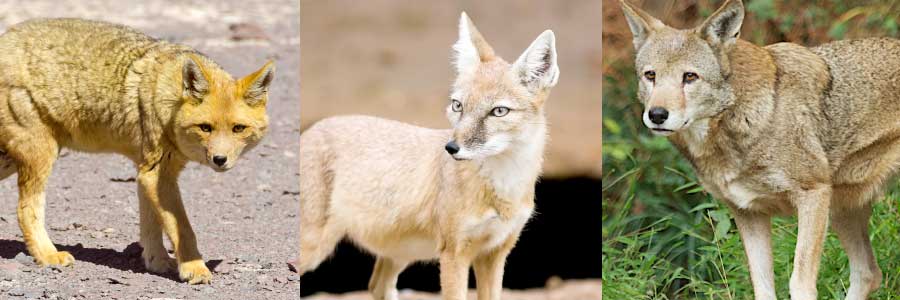
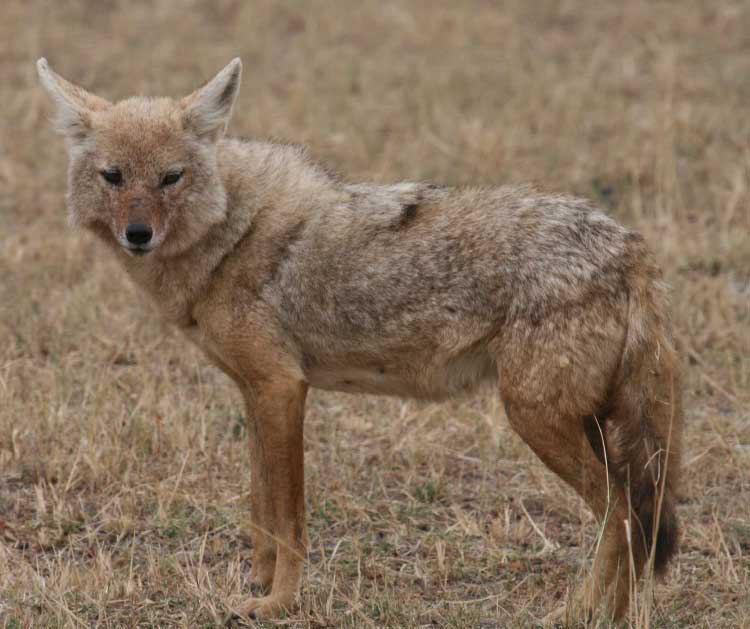
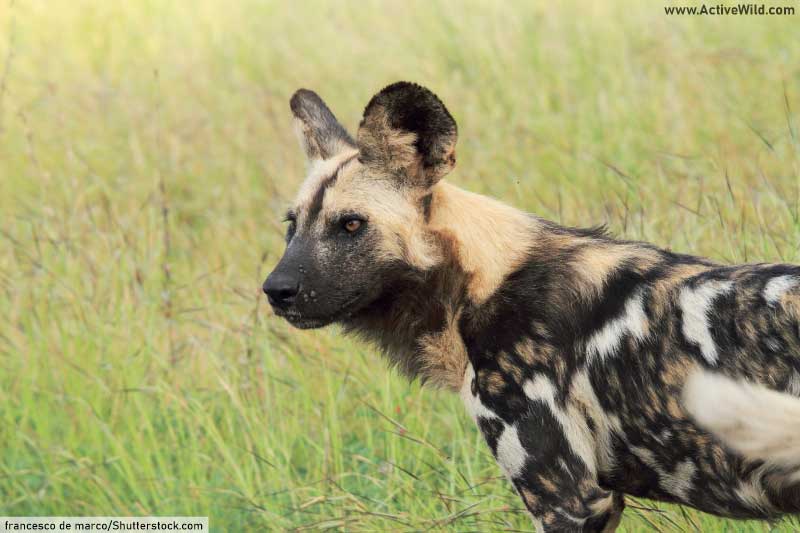
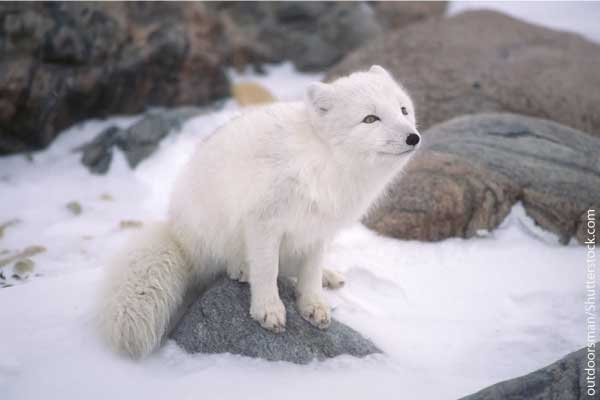
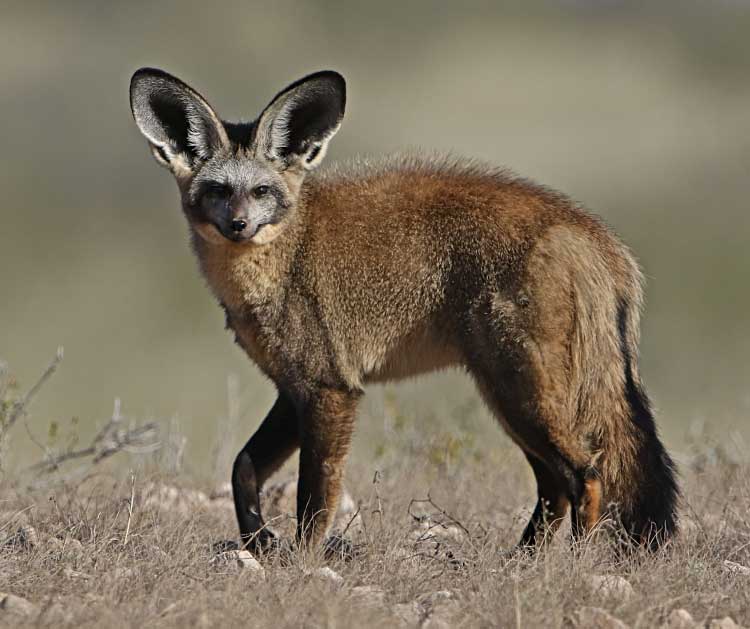
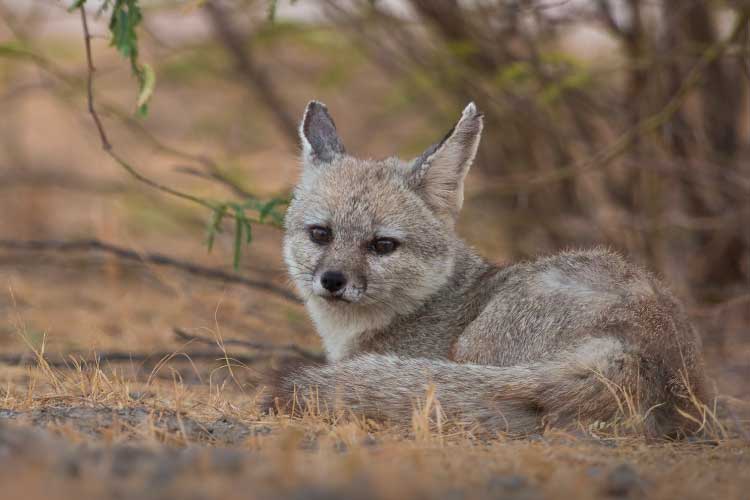
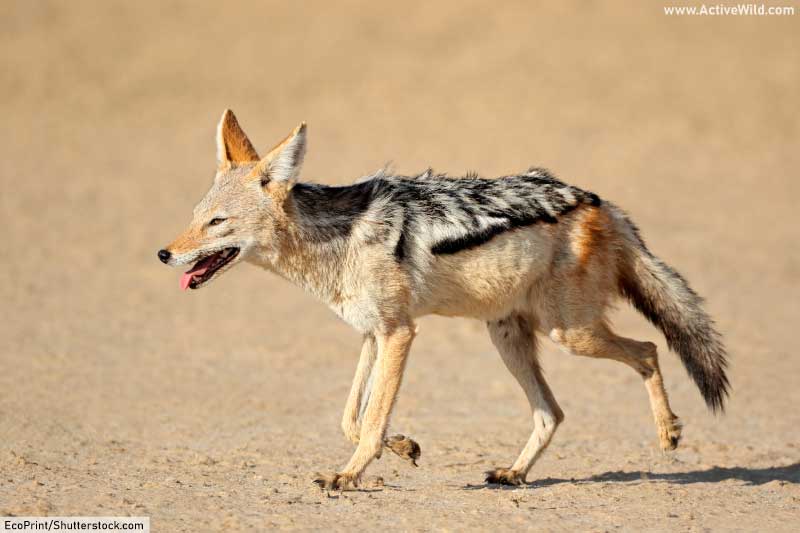
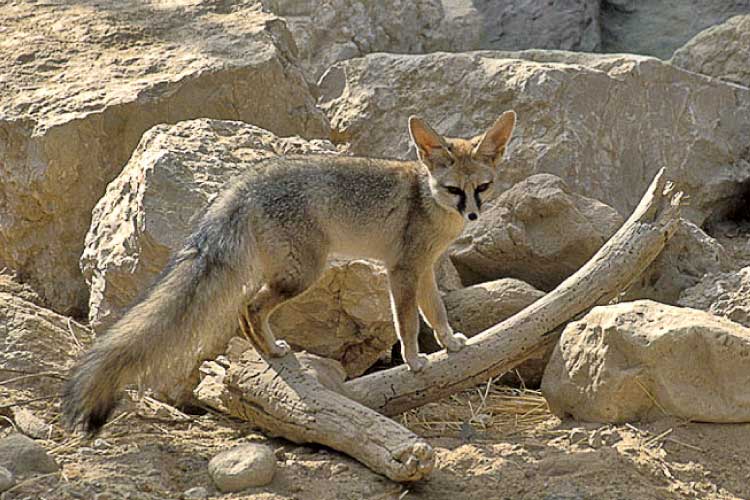
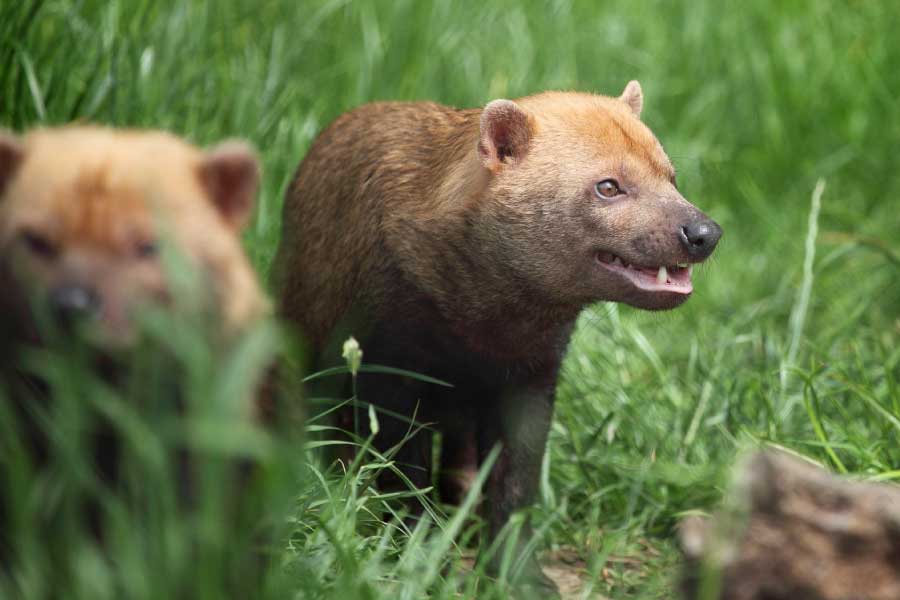
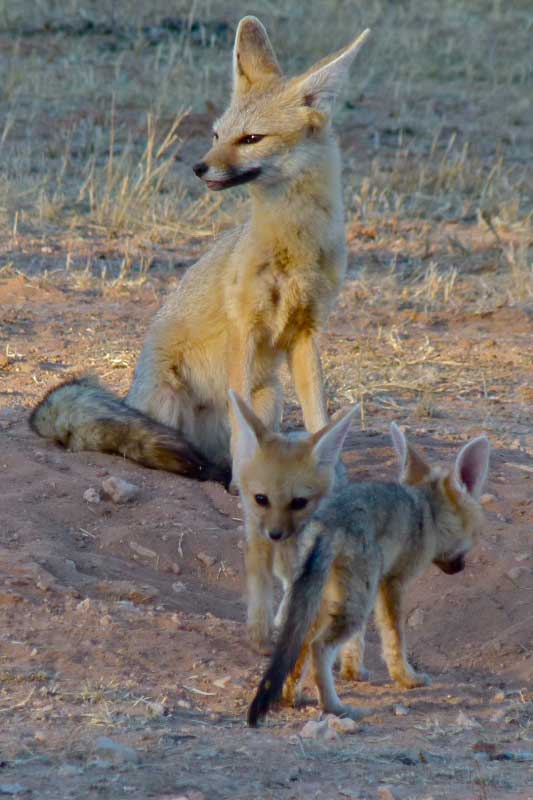
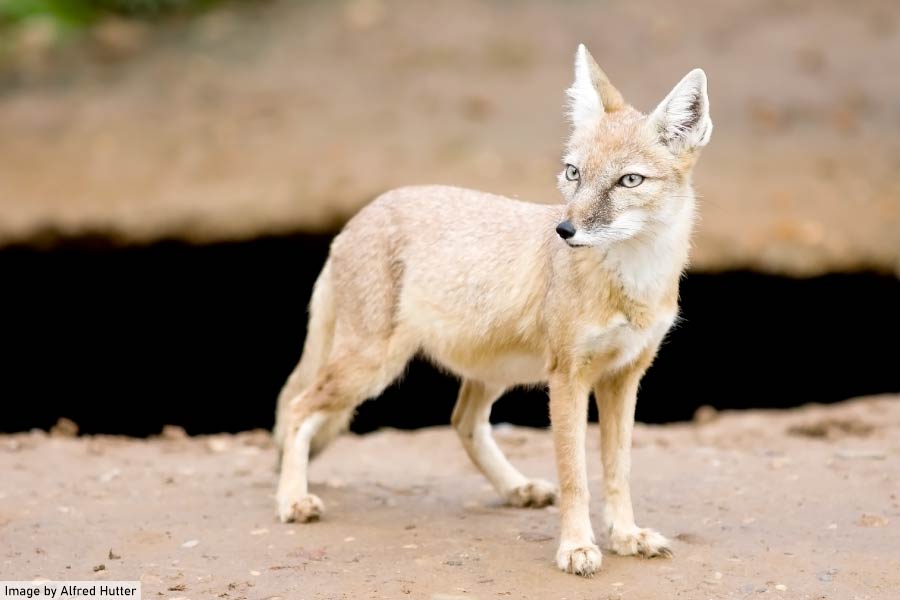

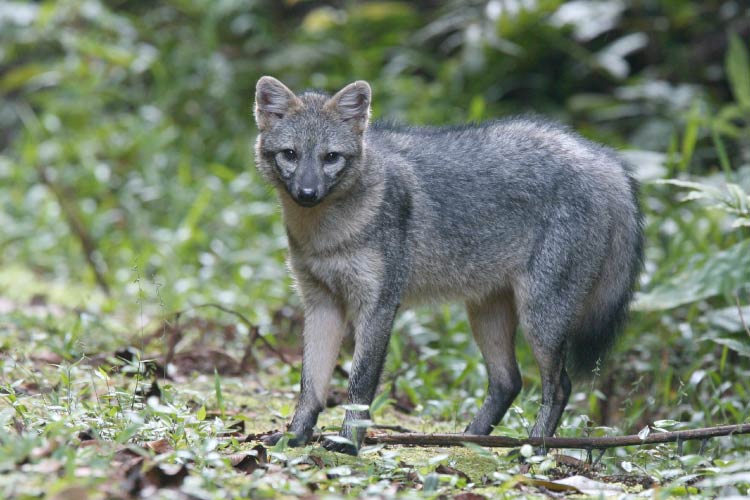
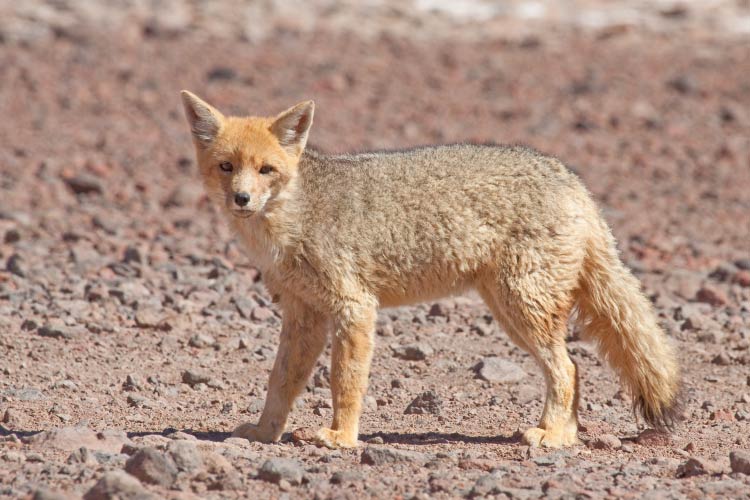
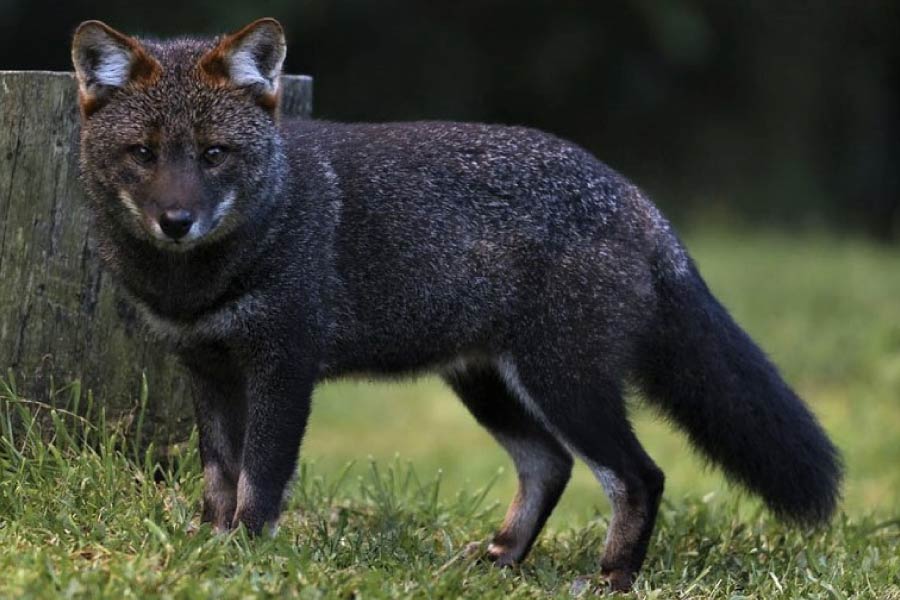
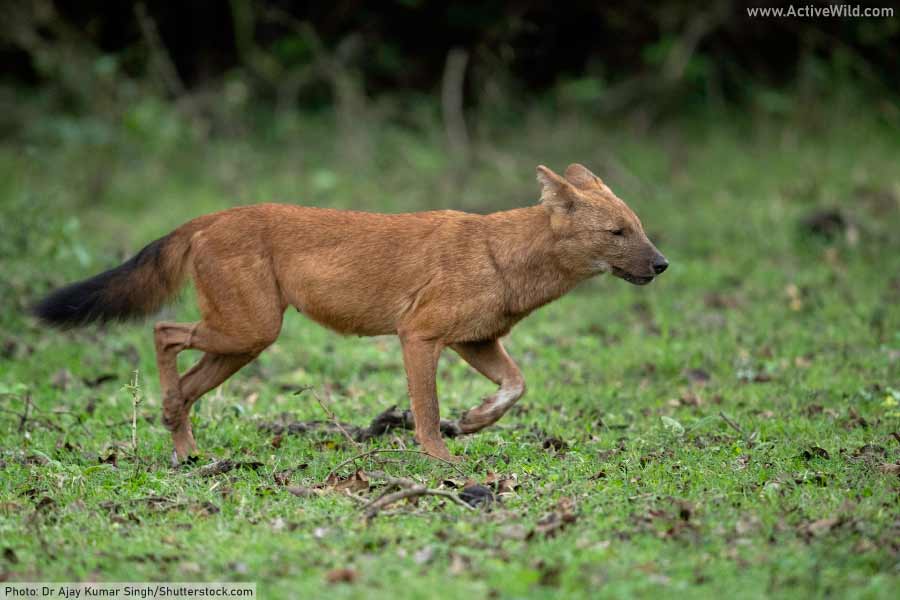
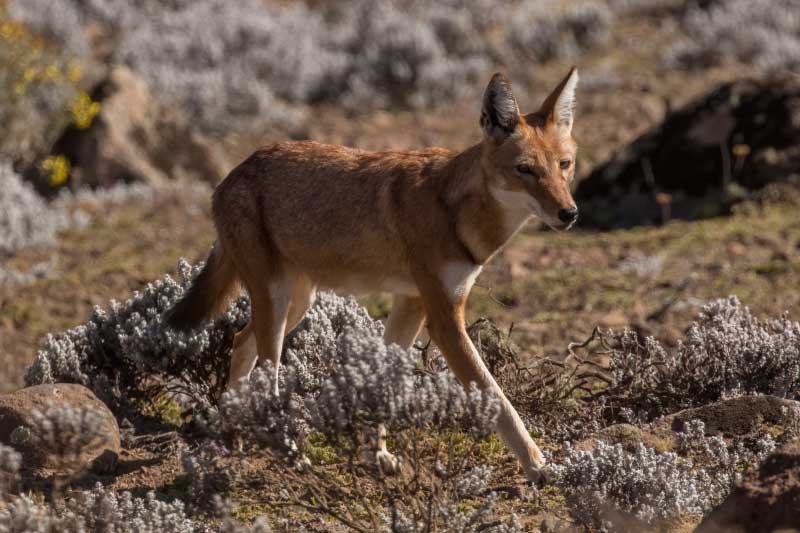
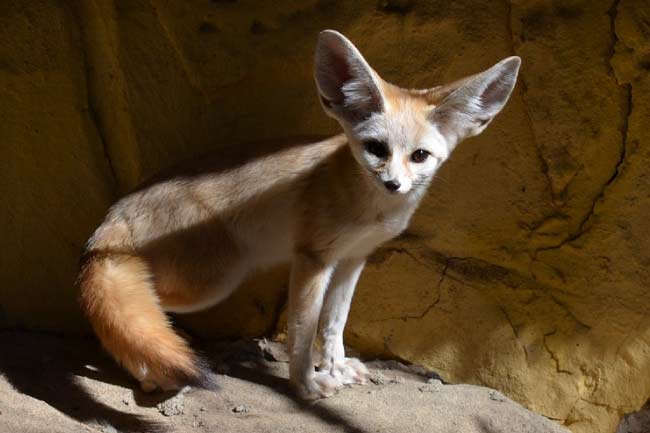
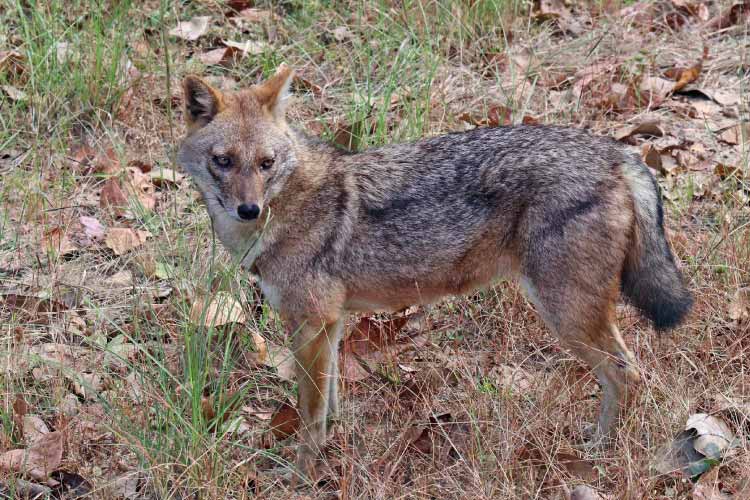
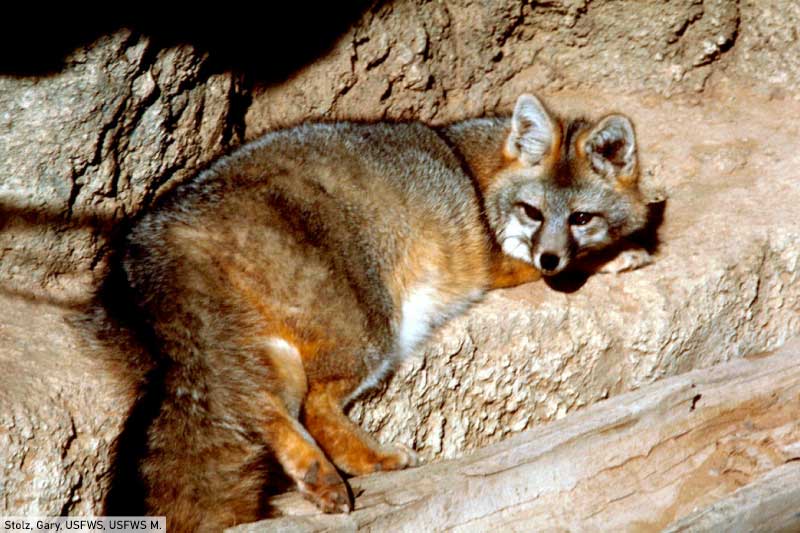
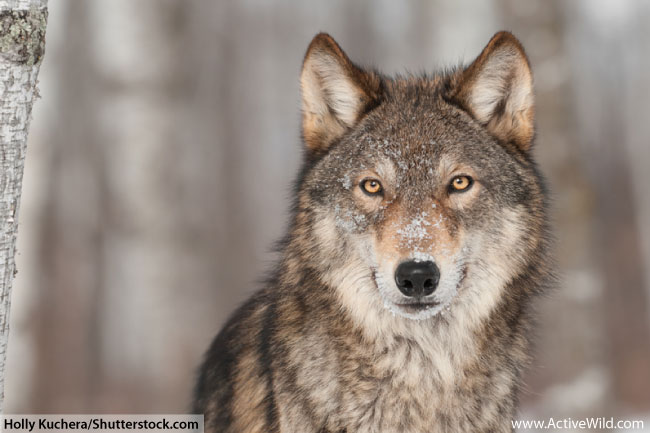
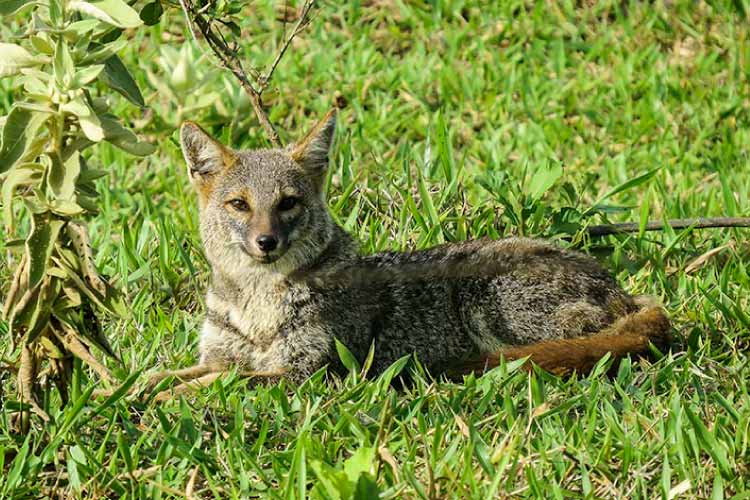
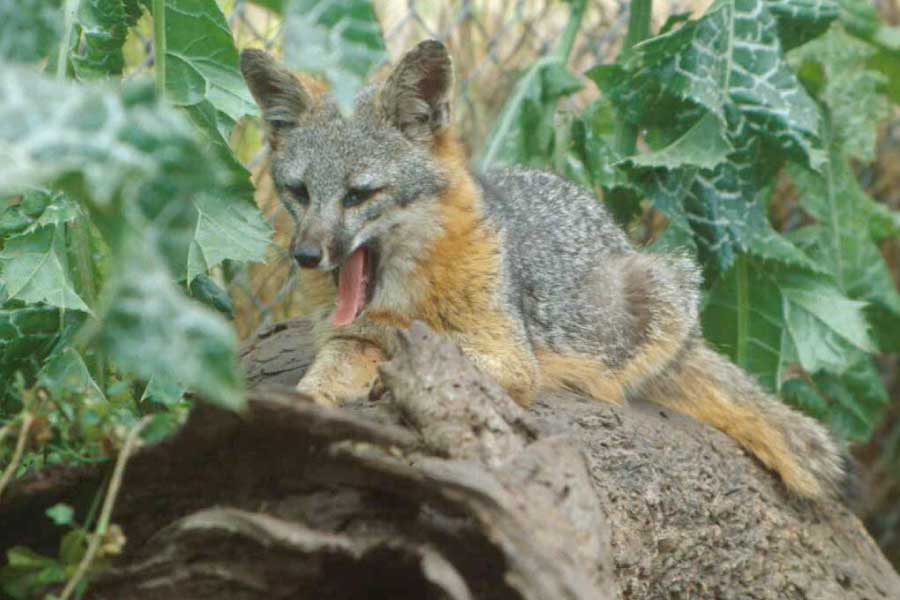
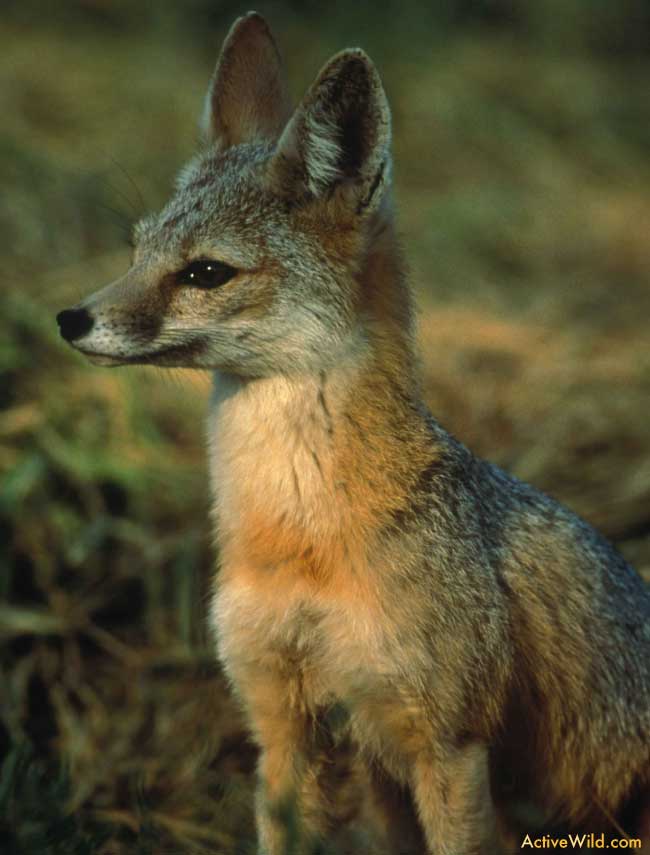
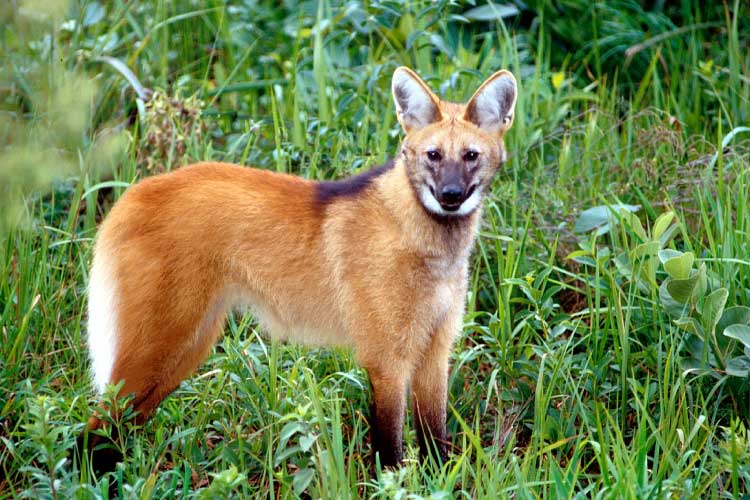
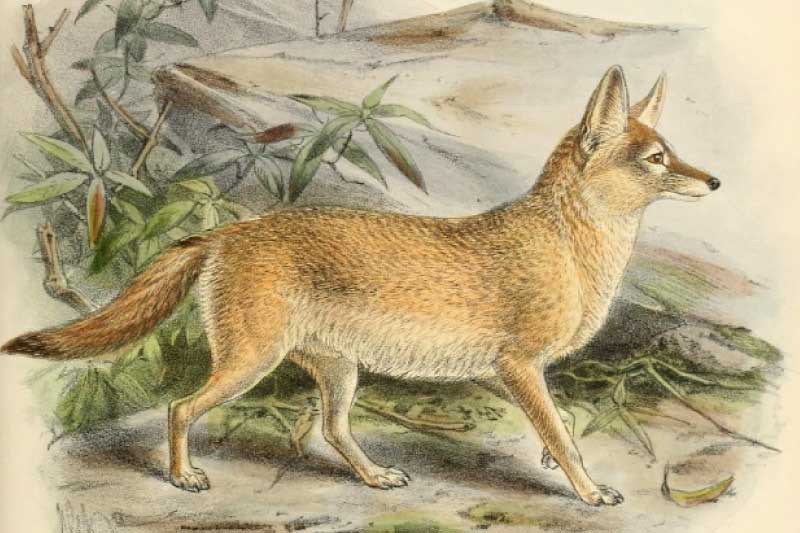
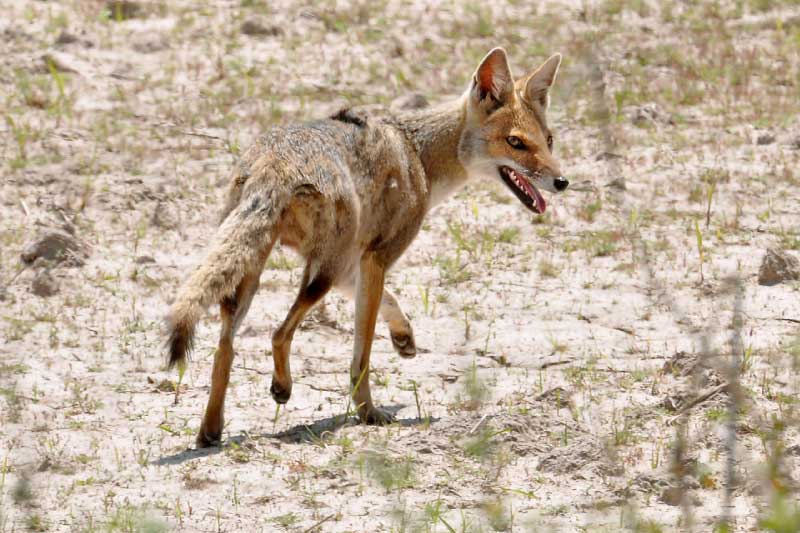
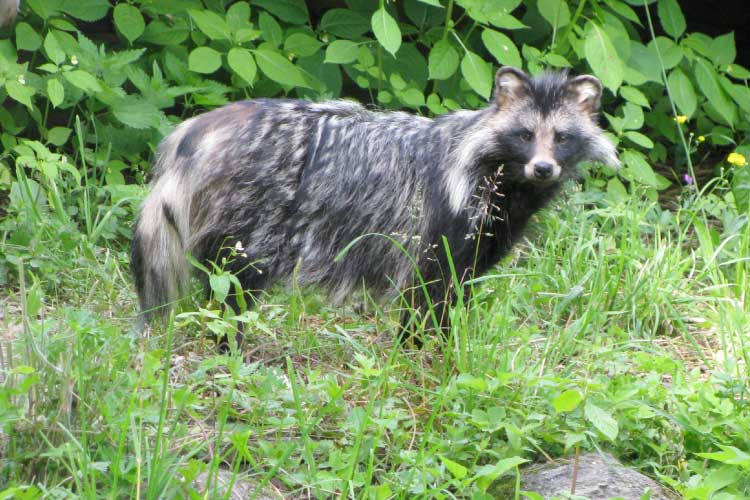
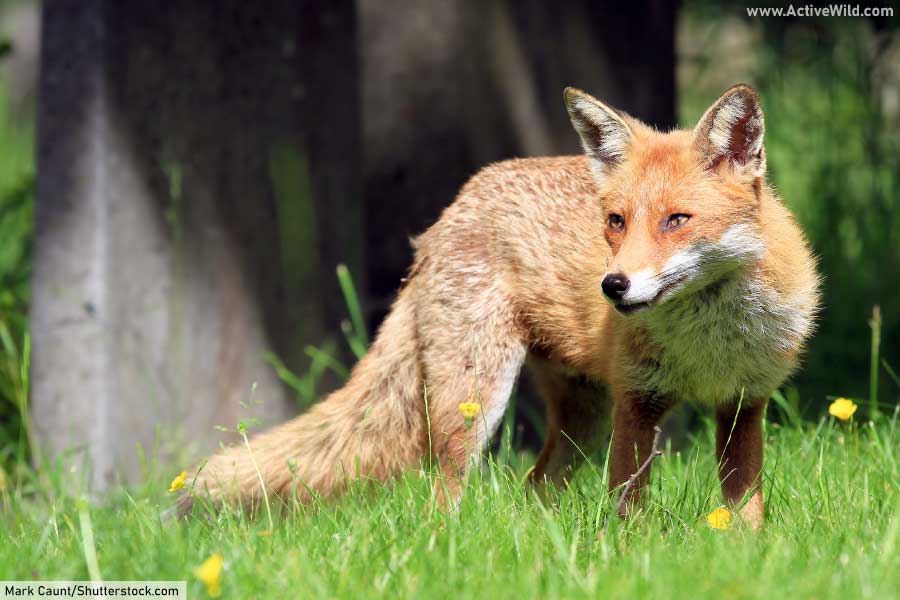
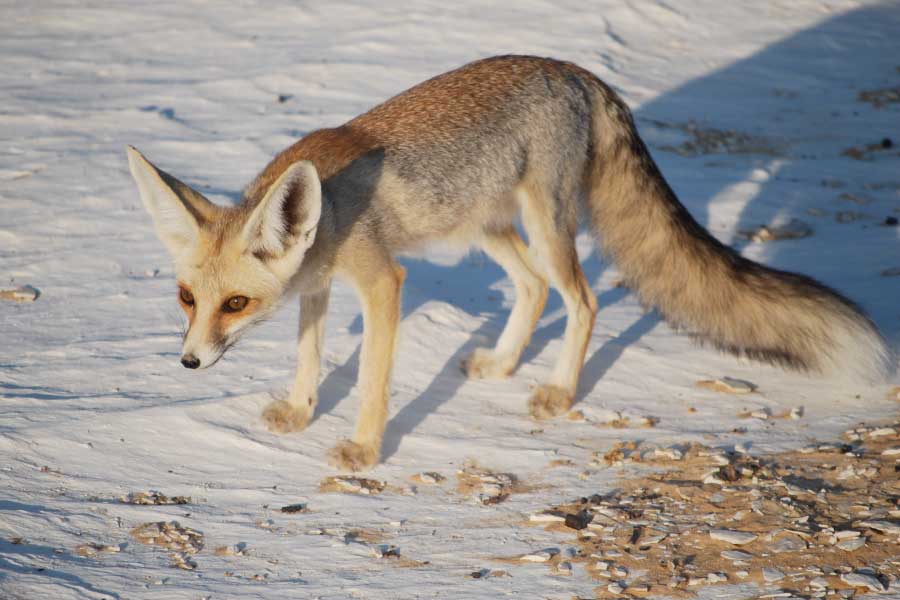
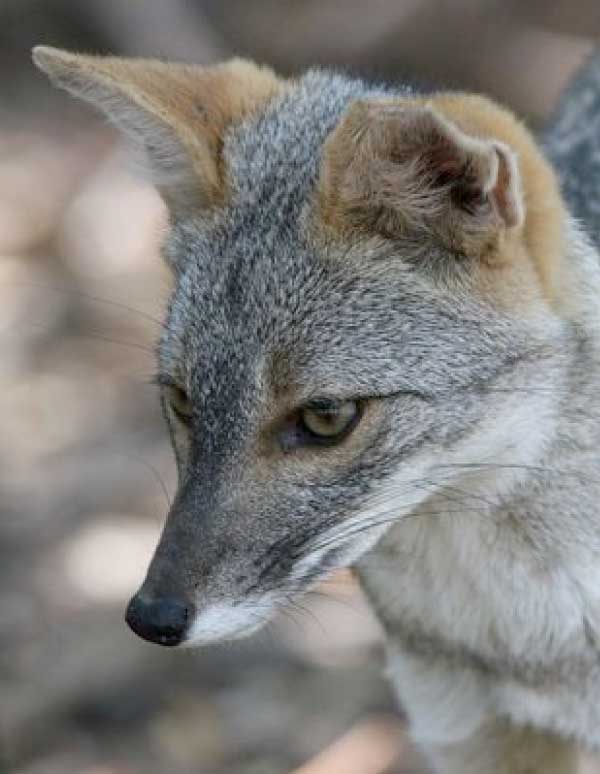
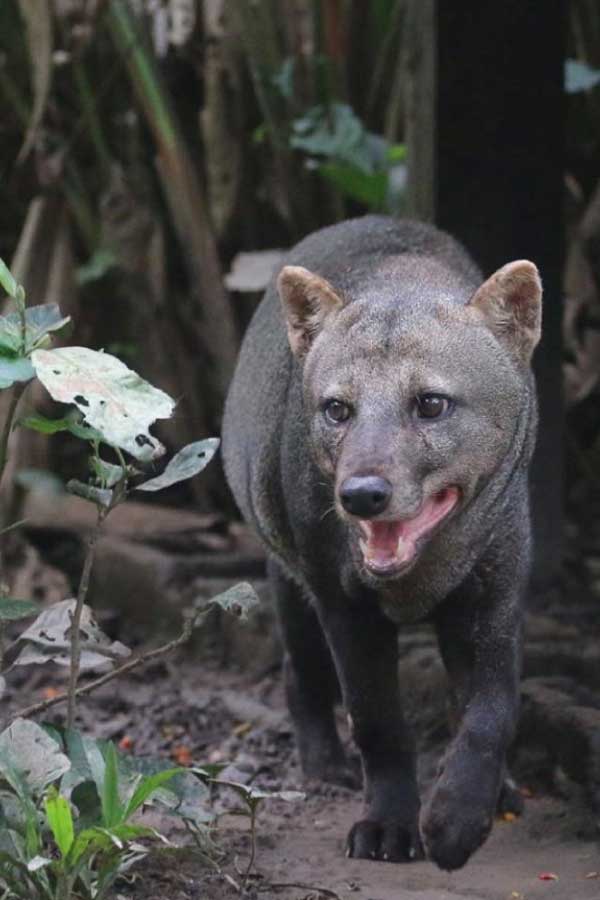
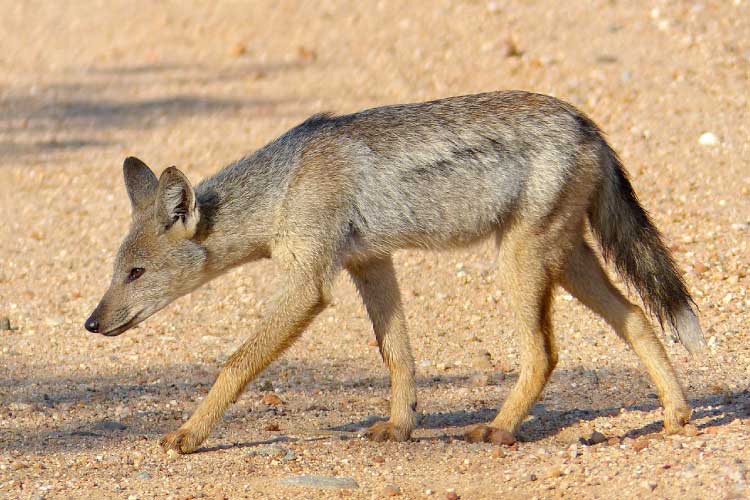
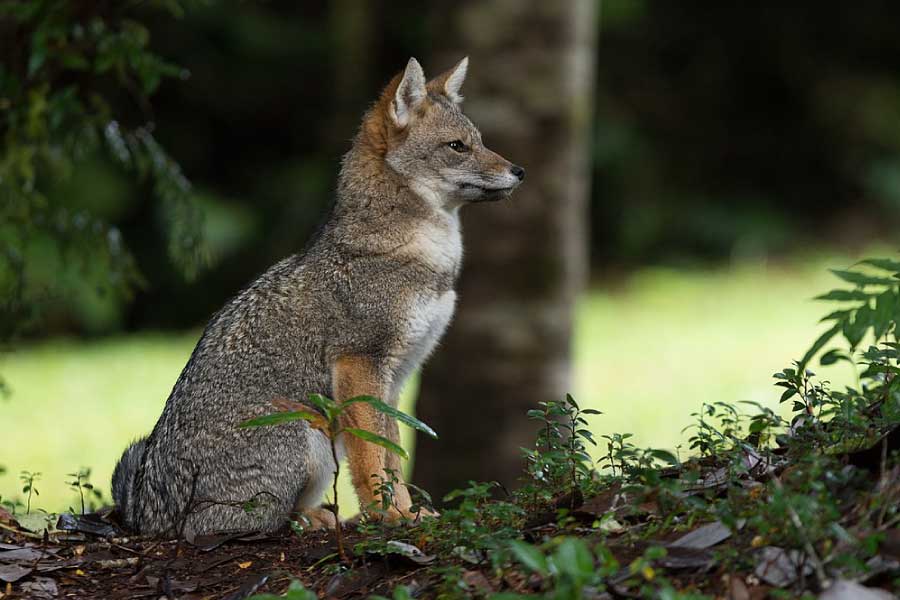
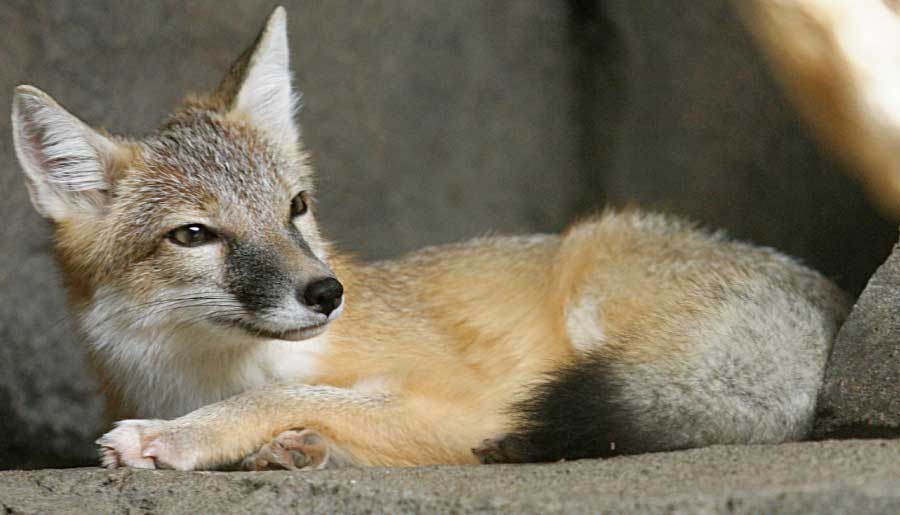
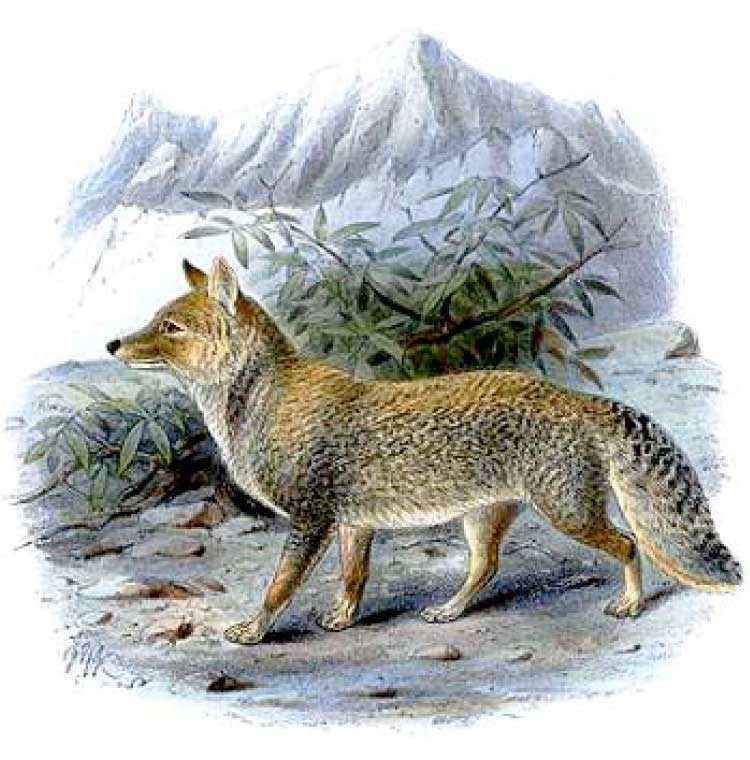
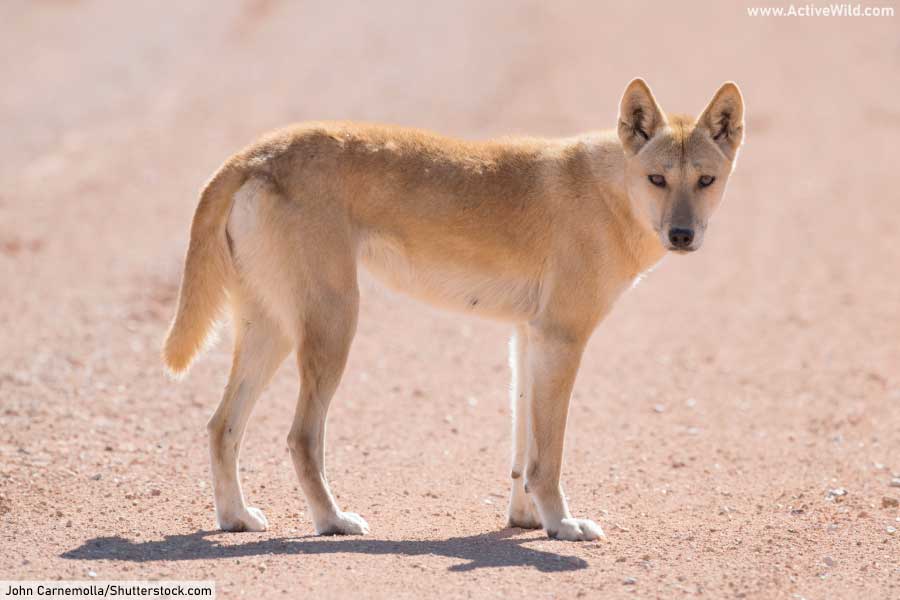

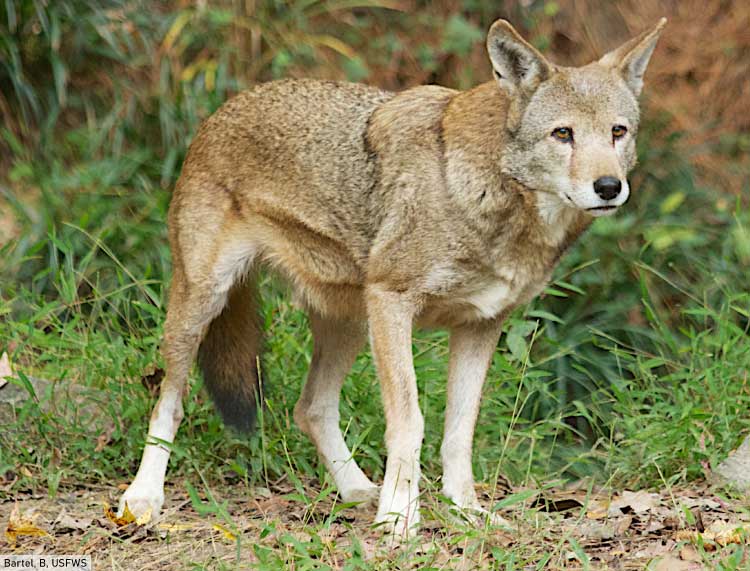

i love wild dog they are pretty cool and they even have dog that i don’t even know and also i love the dingo and is raccoon a dog.
i love this
Hi, thank you for your comment, and we’re glad you like the page!👍
A raccoon isn’t a dog but a raccoon dog is!
Raccoons belong to the family Procyonidae, not the family Canidae. (Canidae is the dog family.)
The raccoon dog, which is a dog (because it belongs to the family Canidae) got its name because it looks like a raccoon!
Every member of the dog family is listed on this page. If you want to find out more about raccoons, visit this page: Raccoon Facts.
Hope this helps!😀
Regards,
The Active Wild Team
The image for the Darwin’s fox is incorrect- that appears to be a cinnamon or burgundy color morph of the red fox.
Many thanks for your input, the photo has now been updated.
Regards,
The Active Wild Team
Nice, I did not know that wolves and foxes were wild dogs
DNA testing of over 7,000 “Wild-dogs” in Australia, showed that a large majority of the animals were dingoes.
There is ongoing debate regarding the ancestry of dingoes, and whether or not they found their own way to Australia and PNG (Sahul).
Hello, your site to sign up for your newsletter is broken! I tried to sign up and it said my information is invalid. I can assure you my name is (**Hidden by moderator**) for 68 years. And my email address is been mine for 20 years at least. So I don’t see how they could be “invalid”.
Thank you for your message.
We’re sorry that you’re having problems signing up to our newsletter.
We’ve just tested the sign-up form and it appears to be working. We’ve also received lots of sign-ups over the last few days so it would appear that everything is okay our end.
Please try again using this link: Newsletter Sign-up Form.
If you’re still unable to sign-up, please get back in touch with us via our Contact Active Wild page, including details of what you are typing in and the exact error message you are receiving, and we’ll look into it further.
Regards,
The Active Wild Team
I love learning about animals!
Agree
Agree to…… i love wild dogs! my favorite wild dog is the gray wolf but i love fox’s and dingo’s but i like wild cats more then wild dogs but wild dogs are still pretty cool
my favorite wild cat in a Cheetah Cheetahs are my favorite animal